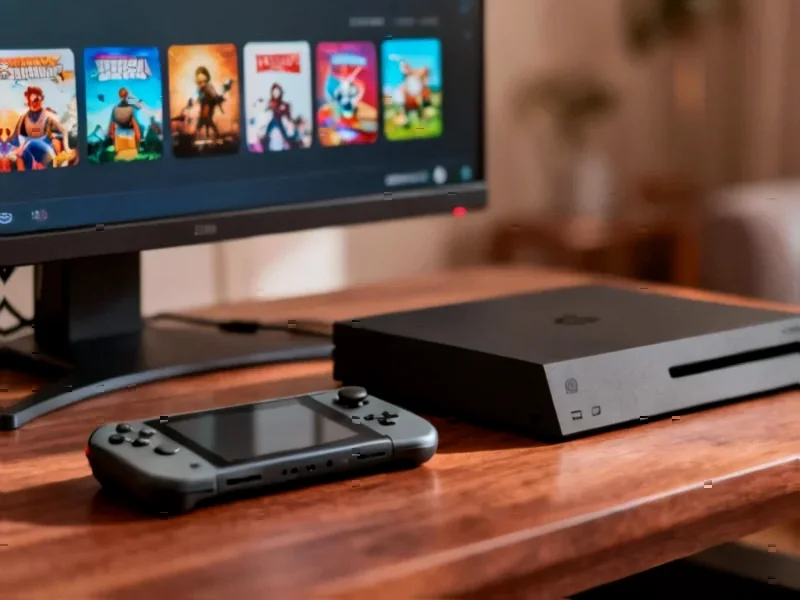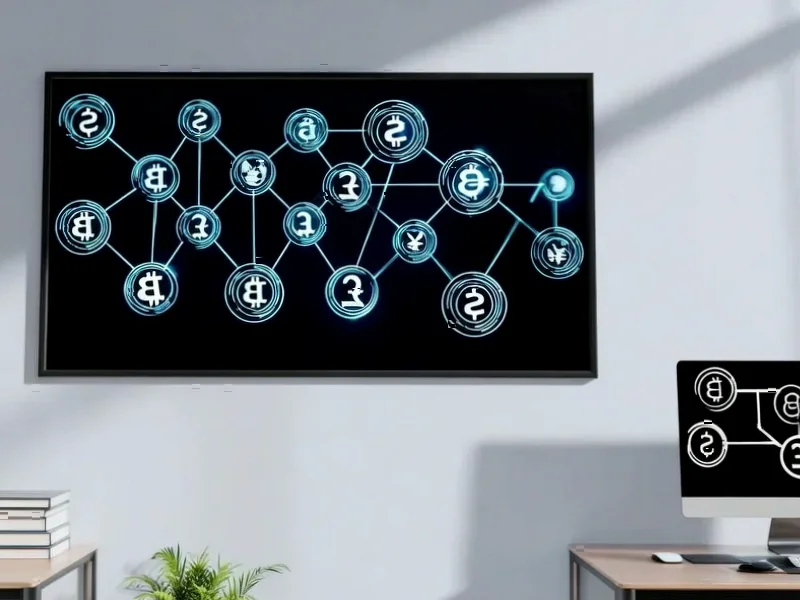According to Windows Report | Error-free Tech Life, Microsoft is releasing multiple games to Xbox from November 3 through November 7, featuring a diverse lineup across genres. The week includes 1000xRESIST launching day one on Xbox Series X|S and PC Game Pass today, followed by Football Manager 26 and Whiskerwood (Game Preview) arriving November 4th. Farming Simulator 25 debuts in multiple premium editions including the Year 1 Bundle at $89.99 and Highlands Fishing Edition at $59.99, while Football Manager 26 Console Edition offers a preorder discount at $53.99. Additional indie titles like Boxes: Lost Fragments, Kentum, and ION Shift join the lineup with launch discounts, alongside Anima: Gate of Memories I & II Remaster launching November 7 for $29.99. This diverse release strategy reveals Microsoft’s evolving approach to content delivery.
The Subscription vs. Premium Tension
Microsoft’s simultaneous release of day-one Game Pass titles alongside premium-priced standalone games creates an interesting consumer psychology challenge. When players can access 1000xRESIST “free” with their subscription while being asked to pay $89.99 for Farming Simulator 25’s premium bundle, it establishes a stark value comparison that could undermine willingness to purchase high-priced standalone titles. This isn’t accidental—it’s a calculated strategy to position Game Pass as the obvious value choice while still capturing revenue from dedicated fanbases willing to pay premium prices. However, this approach risks creating a two-tier perception where Game Pass becomes the “discount bin” while premium titles struggle to justify their pricing against subscription alternatives.
Simulation Genre Market Saturation
The concentration of simulation titles—Football Manager 26, Farming Simulator 25, and various management games—in a single week highlights both opportunity and risk in this crowded genre. Simulation games traditionally have dedicated but relatively small player bases compared to mainstream action or adventure titles. Releasing multiple simulation-focused games simultaneously could fragment an already niche audience rather than expanding it. More concerning is the pricing strategy: asking $89.99 for a farming simulation game when competitors like Stardew Valley and similar titles have established much lower price expectations in the agricultural simulation space. According to the company’s announcement, these premium editions include bundled content, but history shows that high initial pricing often leads to rapid discounting that frustrates early adopters.
Indie Game Positioning Challenges
The indie titles in this lineup—Boxes: Lost Fragments, Kentum, and ION Shift—face particularly difficult discovery challenges when released alongside major franchises and day-one Game Pass titles. While they benefit from launch discounts and Series X|S optimizations, the reality is that these smaller games are competing for attention against subscription offerings that require no additional payment. The indie gaming market on Xbox has become increasingly challenging as Game Pass dominates player attention and spending decisions. Many successful indie developers now report that being featured prominently in Game Pass is more valuable than traditional sales, which raises questions about the long-term viability of indie games outside Microsoft’s subscription ecosystem.
The Remaster Value Question
Anima: Gate of Memories I & II Remaster at $29.99 represents another trend worth examining: the pricing of older content in remastered form. While remasters can introduce classic games to new audiences, the $30 price point for a collection of games that originally released years ago tests consumer tolerance for premium pricing of updated content. This becomes especially relevant when compared to the day-one Game Pass release strategy for new titles. The contrast suggests Microsoft is testing multiple pricing models simultaneously, but this could confuse consumers about the actual value proposition of different types of gaming content on their platform.
Strategic Implications for Xbox’s Future
This week’s diverse release strategy reflects Microsoft’s broader challenge: balancing Game Pass’s growth with maintaining a healthy traditional game sales ecosystem. The company needs both successful standalone game sales to justify third-party partnerships and strong Game Pass engagement to drive subscription revenue. However, as Game Pass becomes more central to Xbox’s identity, the platform risks conditioning players to expect major releases through subscription rather than purchase. The simultaneous release of high-priced standalone titles alongside “free” Game Pass content represents an attempt to have both revenue streams, but history in other media (particularly music and video streaming) suggests this dual approach often becomes unsustainable as consumer expectations shift toward all-you-can-eat models.




